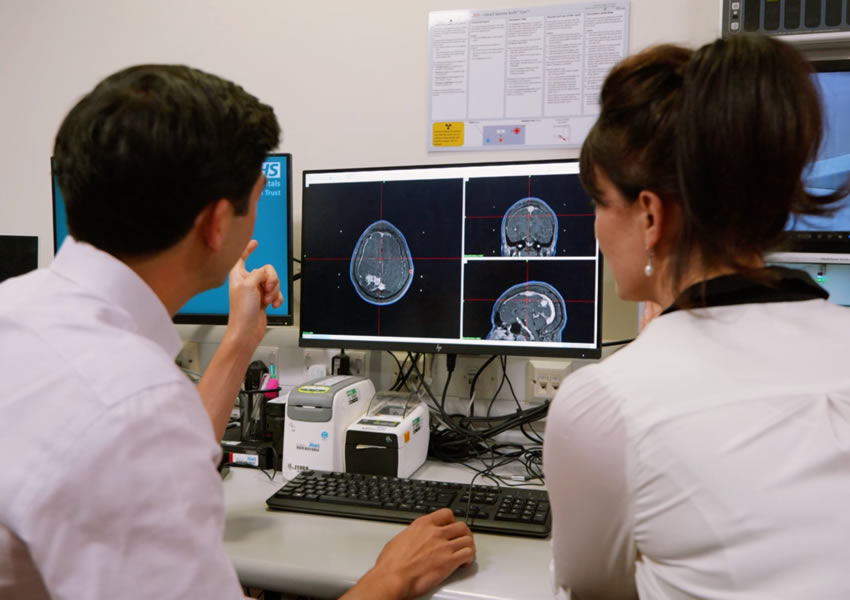Today it is impossible to imagine a business operating exclusively offline. IT is tightly integrated into every industry while changing the operating environment and the “rules of the game”. Thus, the cybersecurity of industrial facilities and bank accounts today may be even more important than their physical protection, and computing power sometimes develops faster than production.
Software developers have become participants in a constant race – with modern cyber threats, the increasing speed of data processing and the growth of their volumes, as well as the development of digital devices. There are seven main trends in software development today.
Nowadays, more and more companies use DevOps services for outsourcing. Perhaps this is the most important trend in 2021, which is growing with more force, like a snowball. Now let’s talk about other trends in software development.
Trend №1. Development in the clouds
In 2019-2020, the volume of the cloud solutions market was more than $ 200 billion.
And with the transition of the majority of employees to remote operation, clouds have become an even more important tool for developers – more and more cloud environments for collaborative development are emerging.
In particular, the cloud-based development environment Visual Studio Codespaces allows developers to stay productive and work from anywhere on earth.
Remote collaboration is simplified and sessions can be connected directly from the browser. Software developers use the same code space, both for short-term tasks and for creating new features.
In turn, cloud environments provide developers with a number of benefits:
- Reduces the time it takes to connect to new projects or tasks.
- The performance of cloud-based development environments is improving, often even better than on-premises environments.
- It is possible to quickly and easily switch between the browser-based editor and the cloud environment (for example, Visual Studio Code).
- The cost of cloud-based development solutions is falling. For example, in Visual Studio Codespaces, a developer-only pays for the time and resources they use, that is, while they are active and using the computing power of Azure.
- Sharing the code – no matter what application the developer creates, what language he programs in, or what operating system he uses, access to the project can be given to any of his colleagues, and no one needs to give up their favorite tools.
Cloud technologies have long become a trend for solving business problems. For example, Microsoft Azure is used in a wide variety of industries, from large-scale manufacturing to retail. Cloud storage and databases from Azure support the .NET platform, Java programming languages, JavaScript (Node.js), Python, PHP, and Go.
Today, cloud solutions are closer than ever to the definition of “hybrid clouds”, where applications are created and used to work in the public cloud and on-premises data centers. Hence, another direction in this trend – consistency as the most important factor for effective development.
Companies, in turn, are opting for hybrid technologies in order to get all the benefits from the use of local equipment, coupled with cloud innovation. Azure Stack lets you work with cloud services in on-premises environments – with the level of protection you need, the ability to leverage AI models, and DevOps capabilities for any environment or cloud.
And to move from hybrid cloud to accessibility innovation, Microsoft created Azure Arc, a set of technologies that provide new hybrid scenarios for customers and enable Azure services to be used across any infrastructure.
They are now available for Linux and Windows servers and Kubernetes clusters on any infrastructure – on-premises, in any cloud environments, and on edge computing devices.
The hybrid approach is also used in applications that previously only ran on cloud-connected, low-power IoT devices. But today, smart gadgets already require a lot of computing power to operate.
This requires solving problems in the field of edge computing and optimized work with data. Solutions such as Azure SQL Database allow developers to easily port their computing applications to devices without having to learn new tools and languages.
One example is the use of quantum computing. A number of companies, including Microsoft, Honeywell, Rigetti, open access to prototypes of quantum computers through public clouds. Thus, developers and other IT professionals already have a unique opportunity – to gain access to colossal power for tasks that require significantly more resources.
Trend №2. Quantum computing
In 2017, a completely new programming language, Q #, appeared. Together with him, Microsoft released the free version of the Quantum Development Kit, which includes a compute emulator that runs on-premises and in the Azure cloud, that same year.
Developers were given access to the next step in the technological development of computing power – quantum computers. It is these powerful tools that humanity will need to calculate complex mathematical models and solve complex multi-parameter problems. This means that you need to train as many specialists as possible to write software for them in Q #.
Last year at the Build 2019 conference, Microsoft presented open-source compilers and simulators in Q #, which was the next step in the development of a new community of developers and made quantum computing more accessible. During the year, the Quantum Development Kit was downloaded over 200 thousand times.
Separately, the company is developing Azure Quantum, an open-source ecosystem. It allows you to simulate quantum computing in the cloud and access genuine quantum hardware from 1QBit, Honeywell, IonQ, and QCI.
At this year’s Build 2021, Microsoft introduced new free training modules for the Microsoft Learn platform, allowing developers to learn how to work with quantum computing using the #Q programming language and the Quantum Development Kit.
Obviously, in the coming decades, it is quantum technologies that will form the basis of new cryptographic systems. That is, there will be computers capable of breaking the least strong traditional ciphers. Already today, the development of the first wave of “post-quantum” encryption systems is underway, which requires a large number of qualified specialists.
Developers are trained to work in this segment at the world’s leading IT universities. Russia is no exception – relevant specialists are trained at Moscow State University, Innopolis University, ITMO, and Polytech. Education is an important step in working with quantum computers. When they reach the expected performance, there will already be a sufficient number of developers in the world who can effectively use them.
Trend №3. Low-code development
Low code / no code, or simplified development, not only does not lose its relevance but also becomes more and more in demand. Its main plus is not even technological – it democratizes the industry. In fact, anyone can become a developer.
Now you can enter the profession of a developer, even without the appropriate education. And new tools allow you to create solutions without specialized knowledge. This is especially true in Russia, where the share of IT specialists is only 2.4% of the economically active population, which is almost three times less than that of neighboring Finland.
In four years, the need for top IT workers will be 300 thousand people a year. In such conditions, it is extremely difficult to train the required number of specialists (especially considering the conservatism of the sphere of higher education), but even a schoolchild can enter the profession, starting with low-code development.
On the other hand, higher education is actively adapting to new conditions. Since September last year, nine Russian universities have launched master’s programs with the support of Microsoft. Students there take up-to-date courses on AI, machine learning, Big Data, the Internet of Things, and so on.
Today, special platforms are used to create a software product, in which there are ready-made tools and program code modules. The most popular low-code platforms (40% of all app development) in 2019 were PowerApps and Power Automate – enterprise development from Microsoft. Market experts say that in 2020 more than 50% of developers will use these platforms as the main supplier.
At the heart of the concept supported by PowerApps is a simple thought: “Knowing exactly what to do should be completely and completely enough to do it.” In fact, this is what the platform for creating business applications implements in visual mode. It already contains ready-made components that do not require manual writing of program code.





